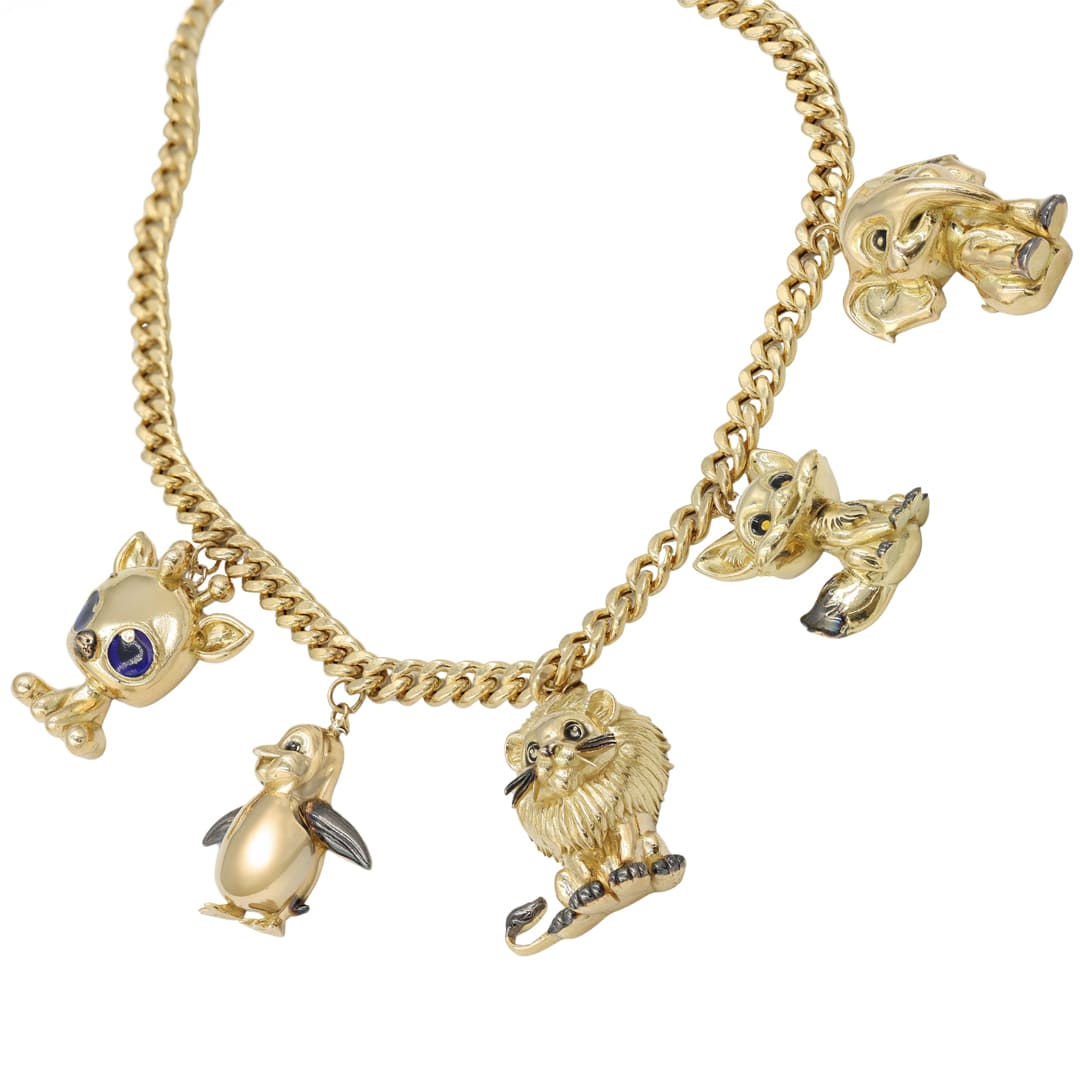
Why Gold Prices Fluctuate Daily – A Beginner’s Guide
Gold has always held a special place in human history—valued for its beauty, rarity, and ability to hold wealth. But if you’ve ever tracked gold prices over time, you’ve probably noticed they seem to rise and fall constantly, sometimes even within the same day. Why does this happen? What causes these daily changes in price?
In this beginner’s guide, we’ll break down the key factors that influence the price of gold and why it fluctuates so frequently.
1. Supply and Demand
At its core, gold is a commodity. Like any other commodity, its price is affected by how much is available (supply) and how much people want it (demand).
-
Limited supply: Gold is rare, and mining it is expensive and time-consuming. If new gold production slows down, supply tightens, which can push prices up.
-
Shifts in demand: When more people buy gold—whether as jewelry, investment, or for industrial use—the demand increases, influencing prices upward. The opposite happens when demand drops.
2. Economic Conditions
Gold is often seen as a safe-haven asset, which means people tend to buy more of it during uncertain economic times.
-
Recession fears: During financial crises or economic slowdowns, investors often flock to gold to protect their wealth, increasing demand and price.
-
Boom periods: When the economy is strong, people might prefer to invest in stocks or real estate, decreasing demand for gold and lowering its price.
3. Inflation and Currency Value
Gold is often used to hedge against inflation. When inflation rises, the value of paper currency declines, but gold tends to hold its worth.
-
Weak currency: A decline in a country’s currency value can make gold more expensive for local buyers but more attractive to foreign buyers, impacting prices globally.
-
Strong currency: When a currency strengthens, the price of gold may fall, as it becomes relatively more expensive for those using weaker currencies.
4. Interest Rates
There’s a close relationship between interest rates and gold prices.
-
Low interest rates: When rates are low, holding gold becomes more attractive because it doesn’t yield interest, but the opportunity cost is lower.
-
High interest rates: When rates rise, people may prefer interest-bearing investments like bonds or savings accounts, reducing the appeal of gold and pushing its price down.
5. Geopolitical Events and Global Stability
Gold prices often respond to political events, wars, natural disasters, or anything that causes widespread uncertainty.
-
Global tensions: Conflicts or crises can shake confidence in financial markets, leading investors to shift their money into gold.
-
Stability: In calmer periods, investors might move away from gold, leading to a dip in price.
6. Market Speculation and Trading Activity
Gold is traded on global markets, and like any traded asset, its price is affected by the actions of traders and investors.
-
Speculators: Traders who buy and sell gold to profit from short-term price movements can cause daily fluctuations.
-
News and forecasts: Market sentiment, influenced by news reports, economic forecasts, or analyst predictions, can drive sudden changes in gold prices.
Dynamic Mix of Factors
Gold prices fluctuate daily because they reflect a dynamic mix of economic, political, and market-driven factors. While these shifts may seem random at first, they often follow broader patterns related to global confidence, currency strength, and economic health.
Understanding what influences gold prices can help you make better decisions—whether you’re looking to invest, purchase jewelry, or simply keep an eye on the markets. As with any investment, staying informed is key.
View Abdullah Sakkijha Jewelry’s latest collections and pieces: https://abdullahsakkijha.com/
Visit us: Swefieh, Al-Hamra Street – Amman, Jordan
Follow us on our socials:
Instagram | Facebook |Snapchat | TikTok | YouTube







Add comment